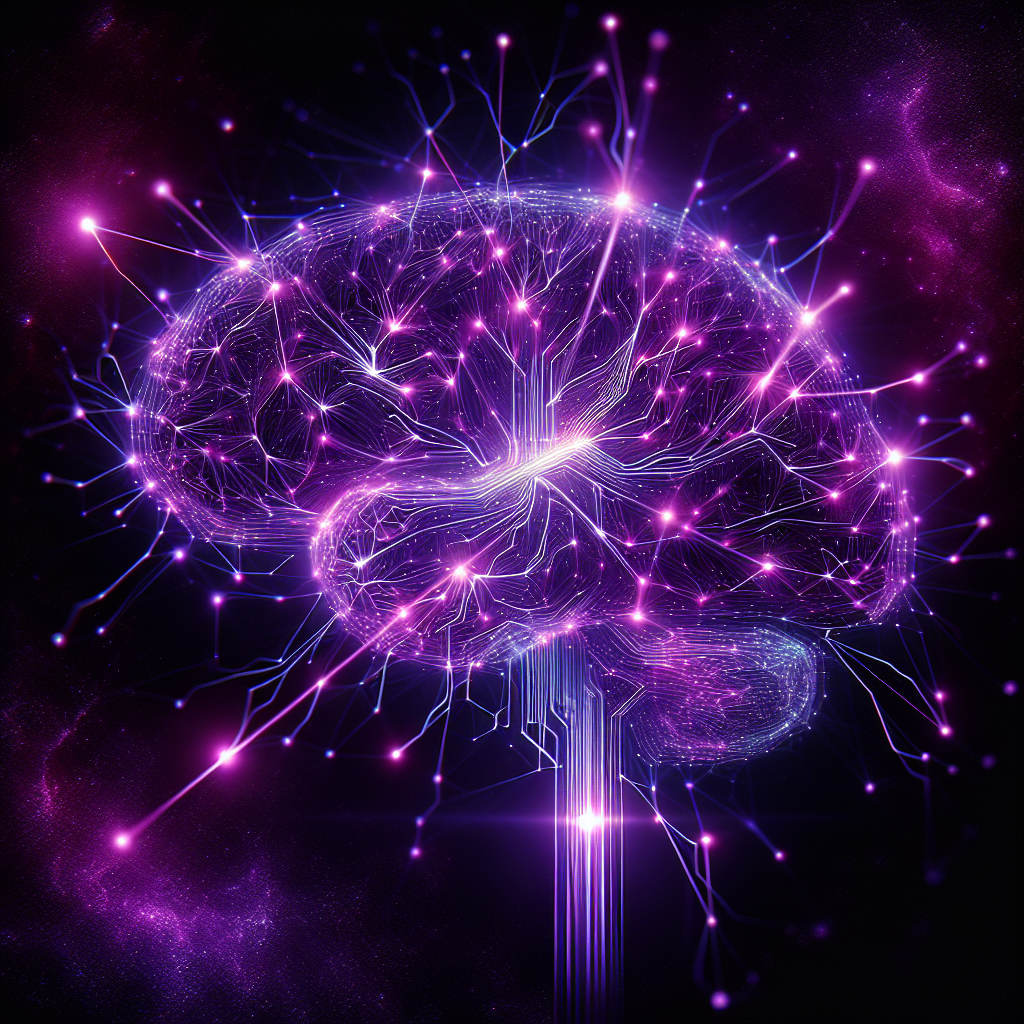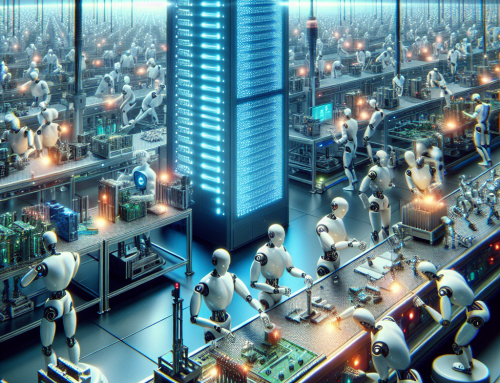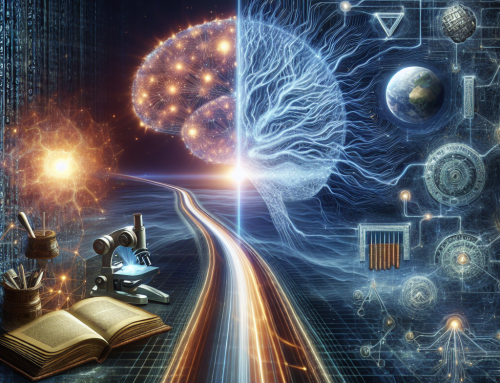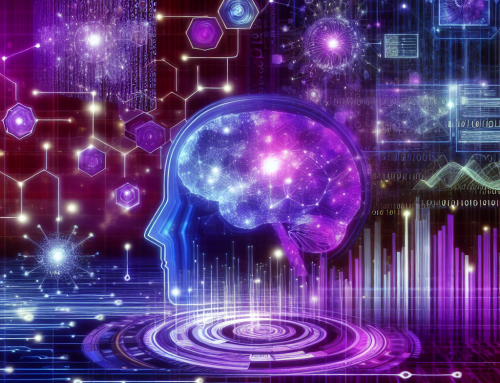
In recent years, Machine Learning (ML) and Multi-Agent Systems (MAS) have emerged as powerful tools for shaping intelligent, autonomous decision-making processes. As both technologies continue to evolve, the integration of ML techniques within MAS has opened new avenues for complex problem-solving, collaboration, and optimization across various industries.
What Are Multi-Agent Systems (MAS)?
A Multi-Agent System (MAS) is a system composed of multiple autonomous agents that interact with each other and their environment to achieve specific goals. These agents are capable of communication, cooperation, competition, and independent action. MAS is particularly effective for solving problems that require decentralization, distributed control, and coordination across multiple agents.
In traditional MAS, agents act based on predefined rules or algorithms. However, with the integration of machine learning, MAS agents now have the capability to learn from experience and adapt in real-time. This allows for more dynamic and effective decision-making that can be used in increasingly complex scenarios.
How Machine Learning Enhances MAS
Machine learning adds several key advantages to Multi-Agent Systems, particularly in their decision-making capabilities. Here’s how machine learning integrates seamlessly into MAS:
- Learning from Data: Unlike traditional rule-based systems, ML agents adapt their behavior based on data inputs. The more data they process, the more efficiently they become at making informed decisions.
- Improved Decision-Making: Machine learning algorithms like supervised learning, reinforcement learning, and unsupervised learning enable agents to make better decisions even in dynamic and complex environments.
- Better Coordination: ML techniques such as reinforcement learning and deep learning allow agents to effectively collaborate, negotiate, and sometimes compete in ways that would be difficult to program manually.
- Autonomy and Adaptability: MAS agents using ML can continuously adjust to changes in their environment without human intervention, making them highly autonomous and adaptive.
Advancements in Machine Learning for MAS
Over the years, several machine learning techniques have been developed and refined to improve the functionality of MAS. These advancements have helped solve problems that require coordination and adaptability in complex environments. Let’s look at a few of the most important ML advancements for MAS.
1. Reinforcement Learning for Coordination and Cooperation
Reinforcement learning (RL) is a key machine learning technique that enables agents to learn optimal behaviors by receiving rewards or penalties based on their actions. This technique is particularly beneficial in MAS where agents must cooperate to achieve shared goals.
With multi-agent reinforcement learning (MARL), multiple agents learn in parallel, improving coordination and decision-making processes. The agents can independently explore and learn, adapting to each other’s behaviors and adjusting their strategies to optimize outcomes. RL has become a crucial tool in environments where agents must work together, sometimes competing for resources.
Application Example: In warehouse management, RL can be used to optimize robot behaviors. The robots (agents) learn the best routes to follow in order to pick and deliver items while avoiding congestion, reducing energy consumption, and increasing efficiency.
2. Deep Learning in Multi-Agent Systems
Deep learning enhances MAS by enabling agents to process and understand complex, high-dimensional data. Techniques such as convolutional neural networks (CNNs) and recurrent neural networks (RNNs) allow agents to analyze images, videos, time series data, and other high-dimensional inputs that would be difficult to interpret manually.
This ability to process large datasets makes deep learning valuable in environments where agents must deal with unstructured data or continuously changing information.
Application Example: In autonomous vehicles, deep learning is used to help cars (agents) navigate in real-time by processing data from sensors, cameras, and radar. By analyzing traffic patterns, road conditions, and potential hazards, autonomous vehicles can make critical decisions, such as adjusting speed or taking alternate routes.
3. Federated Learning for Decentralized Learning
Traditional machine learning methods aggregate data in one central location for training, but federated learning allows agents to learn from data locally without sharing sensitive information. This decentralized approach enhances privacy while maintaining the efficiency of collective learning.
In federated learning, each agent trains a model on its local data and shares model updates rather than raw data. This results in a more secure and scalable method for training machine learning models in MAS.
Application Example: Smart cities with interconnected IoT devices use federated learning to enable each device to process its own data and contribute to improving the system’s decision-making process. This ensures data privacy while enhancing the overall efficiency of the system.
Applications of Machine Learning in Multi-Agent Systems
The application of ML in MAS has vast potential across multiple domains. By combining the strengths of both technologies, we can tackle complex real-world problems more effectively. Let’s explore some prominent applications where ML-powered MAS are making an impact.
1. Autonomous Vehicles and Traffic Management
Autonomous vehicles (AVs) are perhaps one of the most exciting applications of ML in MAS. The interaction between multiple autonomous vehicles and the surrounding traffic infrastructure is a perfect example of how MAS can optimize decision-making. ML allows these vehicles to dynamically respond to traffic conditions, optimize routes, and communicate with each other for better coordination.
Application Example: Traffic control systems use MAS and machine learning to manage traffic lights based on real-time data such as traffic flow, congestion, and pedestrian movement. This helps in reducing delays and improving overall traffic efficiency.
2. Robotics and Swarm Intelligence
Swarm robotics, a subset of MAS, involves coordinating large groups of simple robots that work together to complete a task. By integrating machine learning, these robots can adapt to changing conditions, improve task execution, and handle unpredictable environments. The use of machine learning makes the robots more efficient, as they learn from their experiences and adapt their behavior over time.
Application Example: Search-and-rescue operations benefit from swarm robots that autonomously explore disaster zones, such as collapsed buildings, using machine learning to optimize their movements and adapt to the environment. Their ability to learn and adapt ensures that they can handle unexpected obstacles and perform tasks in real time.
3. Healthcare and Personalized Medicine
In healthcare, MAS combined with ML can help optimize patient care, predict health outcomes, and even create personalized treatment plans. Agents in a healthcare MAS could be autonomous devices like wearable sensors or virtual assistants, each collecting data from patients and interacting with each other to provide better care.
Application Example: Precision medicine systems use ML in conjunction with MAS to collect and analyze patient data in real time. This helps in tailoring specific treatment plans based on individual genetic makeup and lifestyle, ensuring that the treatment is highly personalized and effective.
4. Energy Management and Smart Grids
Machine learning-powered MAS play a crucial role in smart grids and energy management systems. By analyzing energy demand, production, and consumption patterns, ML agents can optimize energy distribution, predict potential outages, and adjust usage to prevent waste.
Application Example: In smart buildings, ML can optimize energy consumption by learning the behavior of residents. The system adjusts lighting, heating, and cooling based on time of day, occupancy patterns, and energy efficiency goals, reducing waste and energy costs.
Challenges and Future Directions
While the integration of ML in MAS holds immense promise, there are several challenges to consider:
- Scalability: As the number of agents increases, ensuring efficient communication and coordination becomes more complex. MAS models need to scale well to accommodate a large number of agents working together without sacrificing performance.
- Security: Decentralized learning models can be vulnerable to cyber-attacks, especially in mission-critical systems. Ensuring the security and integrity of these systems is a growing concern.
- Ethical Issues: The ethical implications of machine learning and multi-agent systems in decision-making are significant. Transparency, fairness, and accountability need to be considered when developing MAS solutions, especially in sensitive areas such as healthcare, finance, and law enforcement.
Despite these challenges, the future of machine learning in multi-agent systems looks promising. With advancements in quantum computing, 5G networks, and explainable AI, the potential for creating more efficient, secure, and scalable systems is vast.
The combination of machine learning and multi-agent systems is transforming the way decisions are made across various industries. From autonomous vehicles to healthcare and energy management, ML-powered MAS are helping solve some of the world’s most complex problems. As these technologies continue to evolve, we can expect even more innovative applications that push the boundaries of what’s possible.
Ready to take your projects to the next level? Contact us today and let’s make it happen!






